With the International Consumer Electronics Show (CES) only two months away, tech companies are gearing up to display their latest and greatest. The CES held a press preview event earlier this week in New York City, showcasing some of the tech goodies to expect next January in Las Vegas. From GPS-enabled ski goggles and high-tech solar phone chargers to teeny tiny upgradable computers, here's what's getting big buzz so far.
GE WattStation

© GE Energy
The GE WattStation could easily become a roadside staple as more people pick electric cars as their vehicles of choice. Designed for plug-in electric vehicles, this charger significantly zaps the time needed to reenergize the cars, and the device's smart grid-enabled technology could also help utility companies manage keep track of the energy consumption for each charging station.
Cinemin Slice pico projector
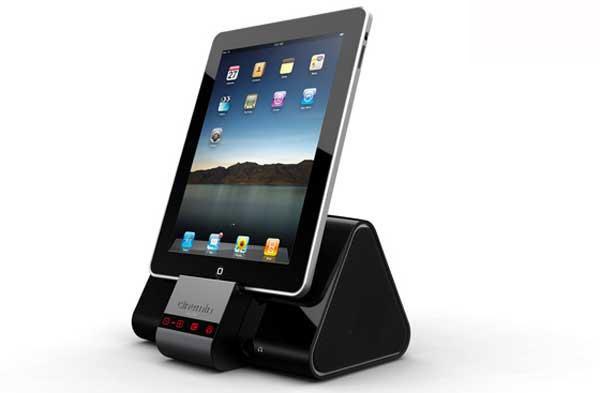
© WowWee
A number of pico projector models will be fighting for attention at January's International Consumer Electronics Show in Las Vegas. Although manufacturers admit they're unlikely to replace televisions or conventional projectors, you don't need high-def imagery for music videos shown at a party, a slide show of family photos or Wii games projected onto the wall of a dorm room. The
Cinemin Slice pico projector from WowWee features an iPod/iPad/iPhone dock to allow users to take advantage of the mobility of both the projector and the media device. Optoma, a company whose pico projector offerings traditionally focus on business presentations, has also introduced a model with an iPod dock, with built-in speakers and a sturdier frame. The utility of these devices has begun to crystallize, and the defining use seems a lot more fun than simply providing a new way to give PowerPoint presentations.
Recon Transcend Goggles
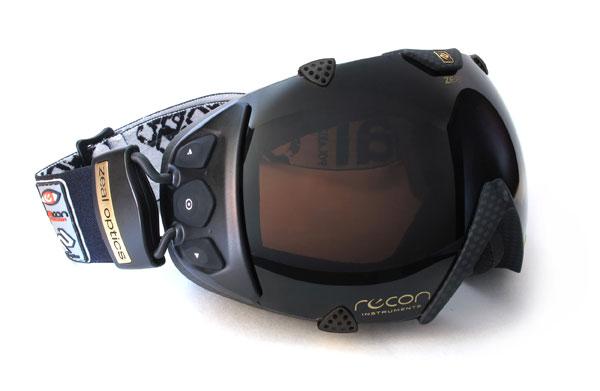
© Recon Instruments
These are not your typical ski goggles. The Transcend from Recon is the only pair of goggles to provide real-time feedback to those on the slopes - from speed and altitude data to distance traveled, temperature and time. It is also the only pair of goggles that boasts GPS capabilities to ensure
skiers are on track. Afterward, users can download their stats from the device's USB port and share/compare their data with others via Recon's Online HQ
social network platform.
Xi3 Computer
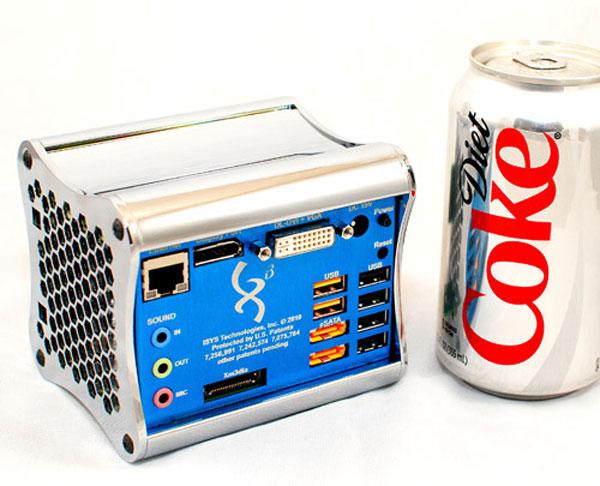
© X13 Corporation
This tiny computer is on to something - it can easily be repaired or upgraded to help users not only save money but also keep atop of the latest tech changes. Measuring less than 4 inches per side - and powered by 64-bit x 86 dual core processors, yet requiring an average of 20 watts or less to operate - the small cube-like
desktop computer is completely modular in nature and is designed to be customized. Since it's so small, the computer architecture divides the classic motherboard into three separate boards: one that houses the processors and RAM, and two additional I/O boards to handle all connectivity and input/output requirements. And the old board can be swapped with a new one as technology advances over time. Linux is the preinstalled operating system, but other options are available, too. General availability is slated for early 2011.
Parrot's A.R. Drone Quadricopter
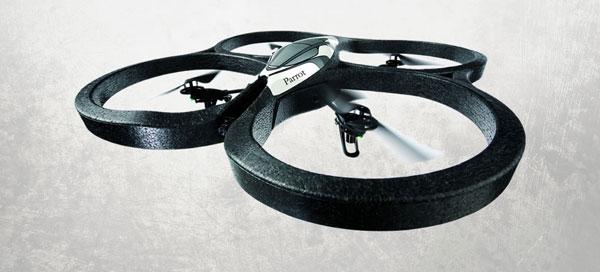
© Parrot
Okay, okay. This was actually at CES last year, but just because we've seen it before doesn't mean that it's any less cool or that we're not excited to see it again. This Predator-like drone - which retails for $299 - sports a 640-by-480-pixel wide-angle lens that links up to your iPhone, iPad or iPod touch via
Wi-Fi. The drone image is beamed to the device, where it can be populated by virtual moving targets that the user can interact with. The
quadricopter itself flies on four 35,000 rpm rotors, which can propel the drone at 11.2 miles per hour. Unfortunately, its flight time is a mere 12 minutes, and considering the battery takes 90 minutes to fully charge, it means the Parrot Drone will spend more time grounded than taking out virtual bogies.
The JOOS Orange
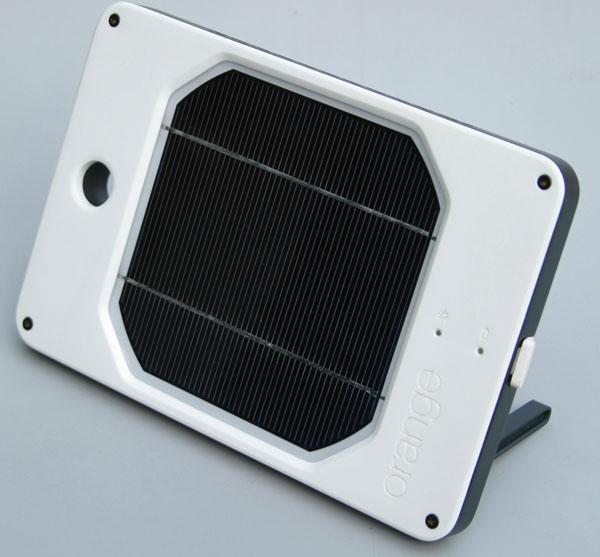
© Solar Components
As wireless charger mats are expected to
replace of the cell phone charger, enter the JOOS Orange by Solar Components. Touted as the world's most powerful personal solar charger, it delivers more than 2.5 hours of cell phone talk time for every hour of sunlight - making it up to 20 times more efficient than most solar chargers, the company says. Its 20 watt hour lithium-ion polymer battery also holds enough power to fully charge more than four smart phones (or six standard cell phones) at one time. It also doesn't have to be sitting in bright-and-sunny conditions to work - it can also make electrical power in the shade, rain or even under water. The Orange is expected to be in full production by January 2011 and will retail for $99.95
Dynamics Card 2.0
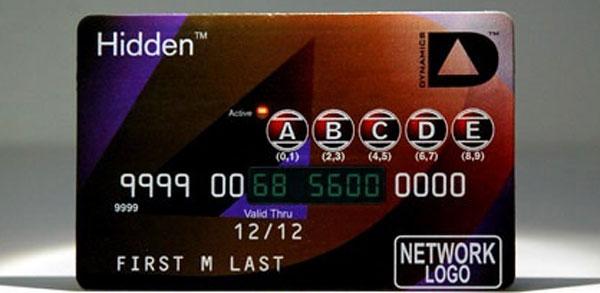
© Dynamics
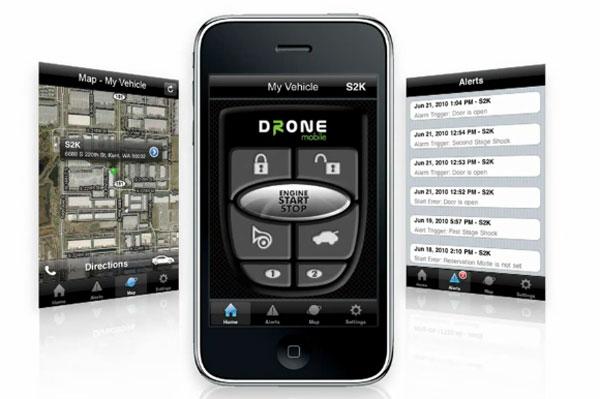
© Firsttech
In-vehicle technology is expected to be a hot trend at CES this year. But Firstech's DroneMobile system gives you access to your car remotely, allowing you to open doors, start the engine and remember where your vehicle is parked. It has some pretty
high-tech big brother touches, too. It can monitor whether teens are driving after curfew, keep track of GPS to see where a vehicle is headed and send security alerts if it's been stolen or towed. Once its DR-1000 hardware system is installed in a car, a user can access all of its features directly from a mobile device, including the iPhone, Android and BlackBerry.
Conscience for psychopats...?